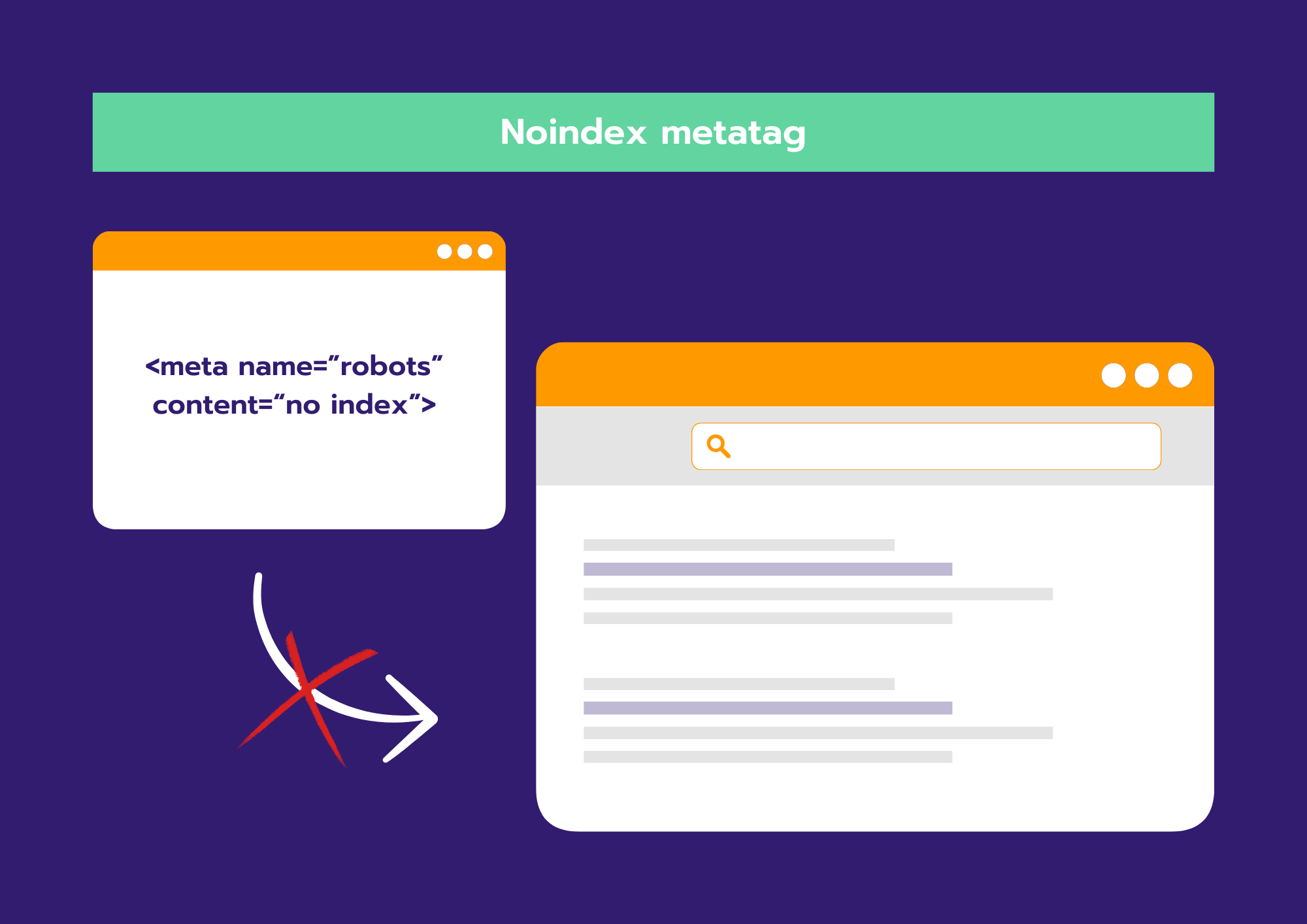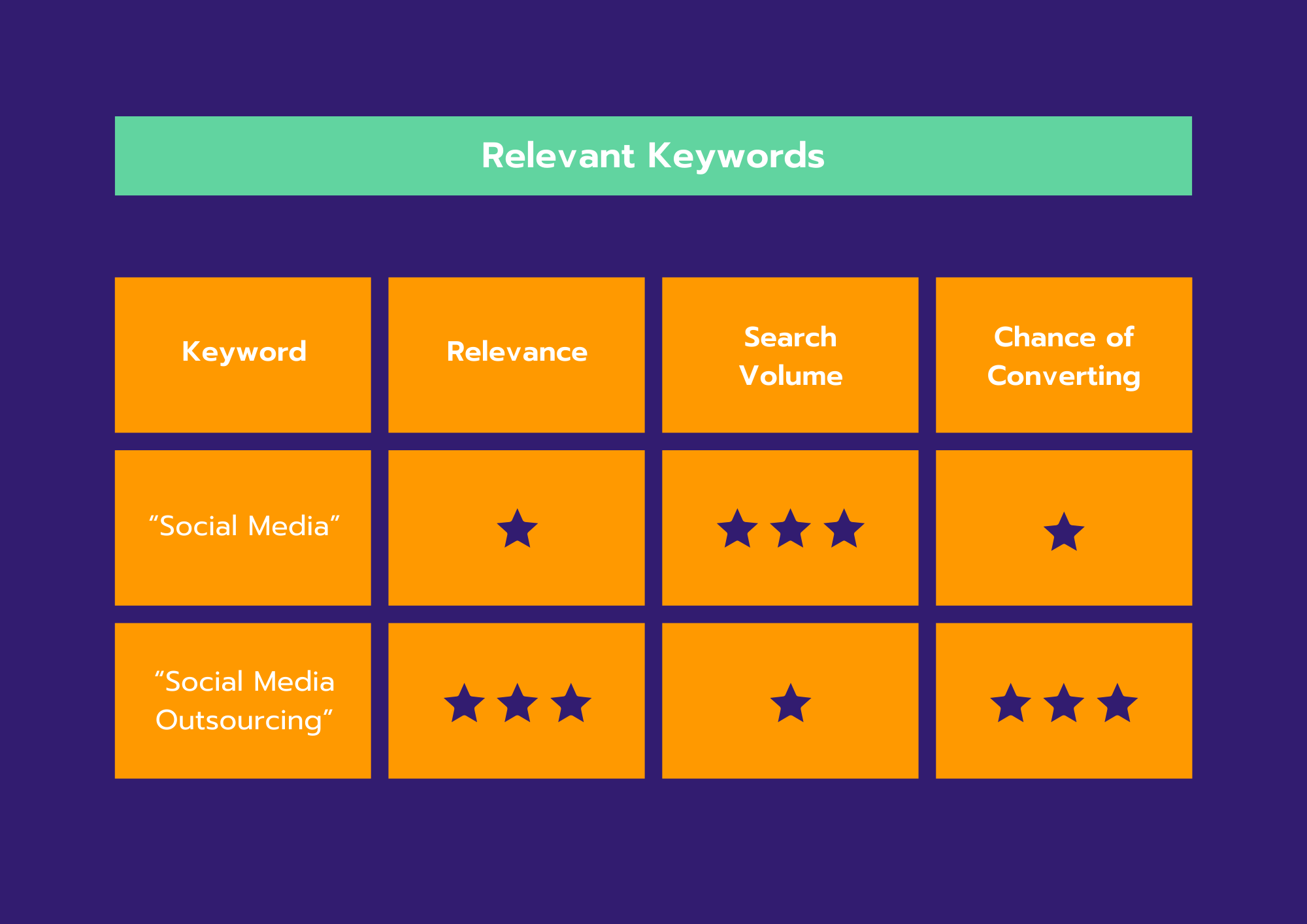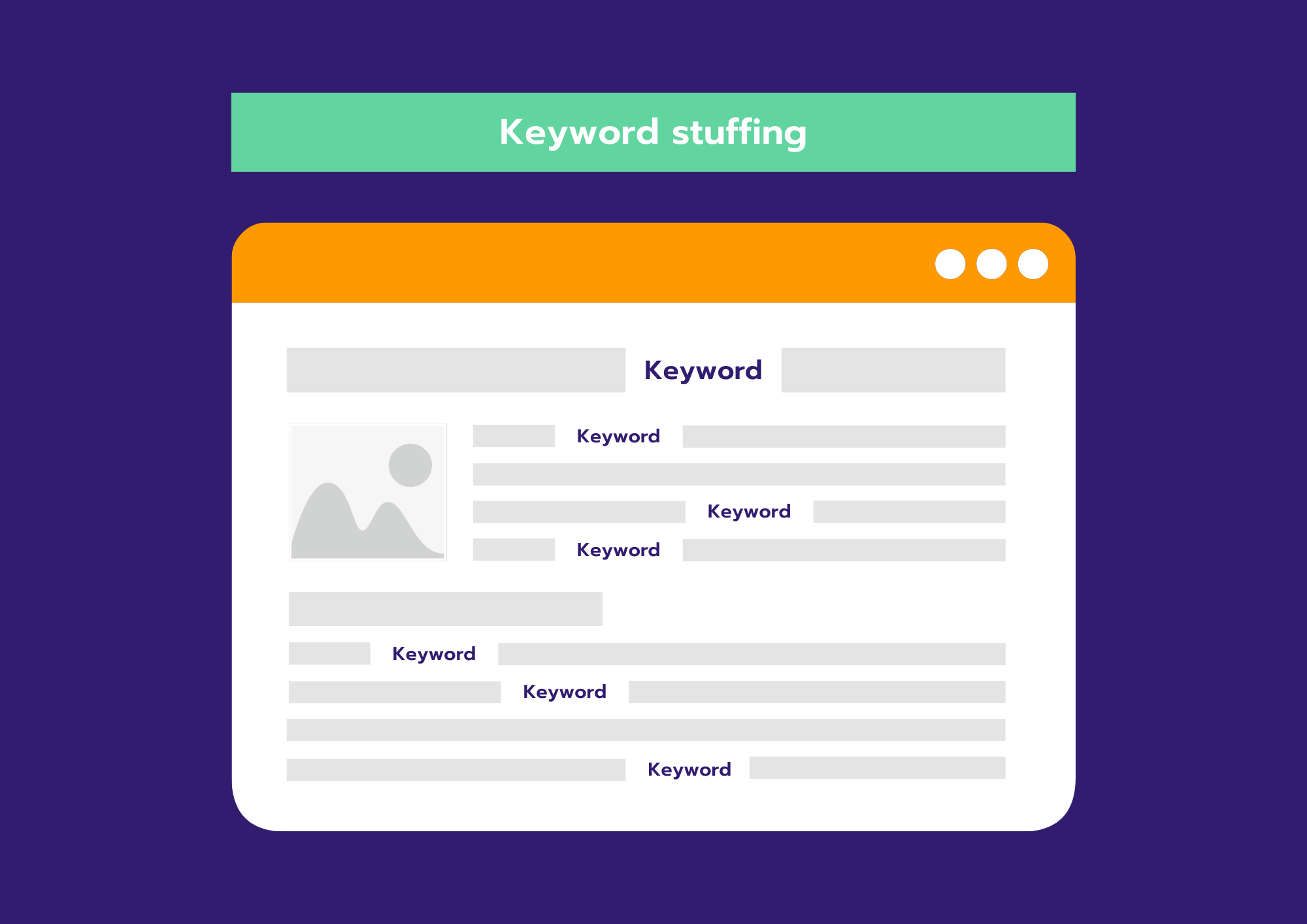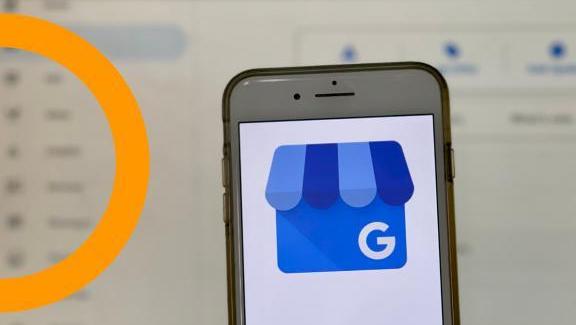What are the 7 most common SEO mistakes?

Mistake 1: Noindex meta tag is set
Mistake 2: Incorrect XML sitemap submitted
An XML sitemap is a collection of all the pages on your website. You can usually find all the pages by typing sitemap.xml after your root domain. Then you'll get something like www.test.be/sitemap.xml. That sitemap is what you need to submit to Google Search Console. This is a tool to monitor and adjust your website's organic performance in the SERPs. To track the indexing of your pages, spot 404-errors and examine the keywords you are ranking for, for example.
Therefore, always check the sitemap before submitting. Maybe it contains pages that no longer exist on your new website. In that case, you need to lay a 301 redirect. It means that when visitors (and also Googlebots) land on that specific page, they are automatically redirected to another page of your choice. If you don't lay redirect links, the number of 404-errors will only increase. Which has a clear negative impact on the SEO of your website
Mistake 3: Not enough content
A website may look great (thank you, graphic designers!), but without content you can't be found in Google. The search engine just loves that. And rightly so. You want to inform visitors about your product or service. Obviously you do that with words (and also photos, videos, infographics and so on). Take a look at the high-scoring sites for a particular keyword and compare how much text they have.
Mistake 4: Wrong keywords
When you post content on your website, you often do so from an SEO perspective, focusing on a particular keyword. For example, a text about made-to-measure cabinets for a joinery company. Anyone who then searches for " made-to-measure cabinet " in Google will come to you. However, things can go quite wrong regarding those keywords.
Keywords with high search volume are usually a lot less interesting than they seem. For example, the general keyword "social media" is searched for in multiples more than the keyword "social media outsourcing." The cost per click for "social media outsourcing" is therefore much higher. So we should bet on "social media"? Unfortunately. Everything depends on the search intent. When you want to bring in clients with "social media outsourcing", you want the visitor to convert, in other words: hire you to manage the social media. You expect an action, while the search intent of "social media" is usually only informational. With the latter you attract many visitors, but they do not convert. And that is exactly your goal. So weigh up which keywords you are going to use, even if another keyword has more search volume.
What about keywords with little or no search volume? If no one is searching for the keyword, the chances of attracting visitors are small. You will be at the top of Google, because you are the only one with content about it. But if nobody is searching for it, what good is that? To avoid such problems, a correct keyword analysis is indispensable.

Mistake 5: No or wrong SEO meta tags
Meta tags are HTML markers you apply so that Google or other search engines recognize the parts of a page. Some meta tags are:
- H1 to H6: H1 is the title of the web text, all others are intertitles
- Alt tag is the description of an image on the page
- Meta title is the header you give to the page that appears in Google's SERPs
- Meta description is the description that appears below the meta title in Google
Make sure these are always present on a page and that there are no unnecessary duplicate tags. For example, there should only be one H1 per page (but multiple H2s). Besides, incorporate relevant keywords in your meta tags, as this is conducive to SEO. Using meta tags correctly ensures that the search engines index your website or pages optimally.
Mistake 6: Optimizing too much

Optimizing your website for SEO is much needed. But optimizing too hard will harm your website. In fact, Google devalues it, making your website rank worse organically. Two examples of over-optimization:
- Keyword stuffing, which means stuffing your text with the keyword. This can happen in the text itself, but also in the meta tags and links. This sets off a lot of alarm bells at Google. It can even get you a penalty.
- Too many unnatural links to one page. This causes Google to see your page as unreliable, lowering your ranking.
Remember, you write your texts primarily for the reader, not for Google. You achieve the most by responding to their search intentions and producing natural-looking texts.
Mistake 7: Being impatient
Free success does not exist in Google. You have to put effort into it. SEO is a long-term process. For example, it takes on average about three months to notice the effect of link building. Indexing a blog page can even take six weeks. When you start SEO, don't expect results within a day. You need to put energy into it over a long period of time. So keep realistic expectations and you will get there.



